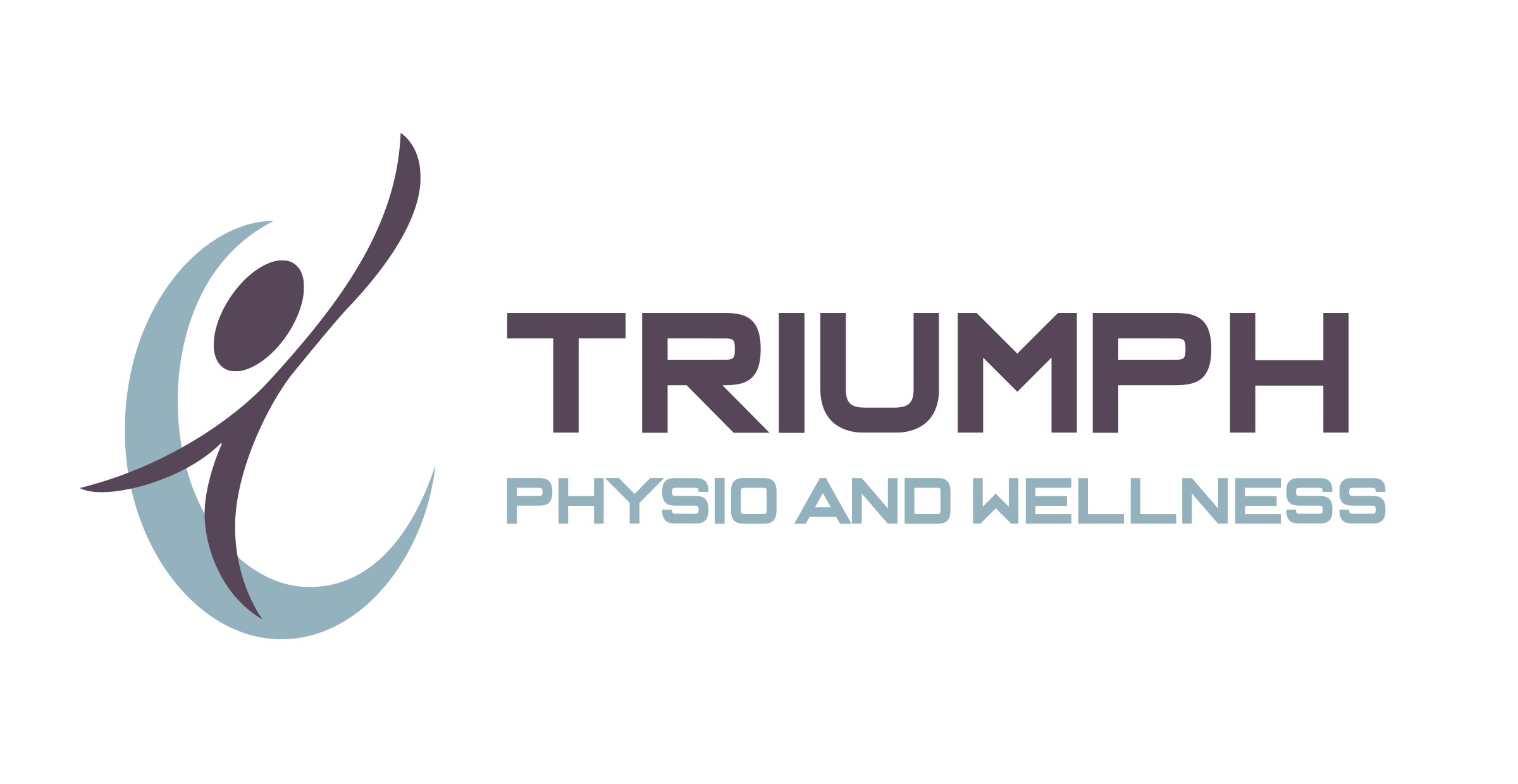How to Get Back Into Your Running Goals and Schedule
We’ve all heard the expression about best laid plans going awry, and there’s perhaps no better example than plans and goals about exercise. Whether regular running was a New Year’s resolution or a general goal for a healthier lifestyle, it’s very common for us to get off-track and fall out of the habit.
We know how busy life can get, and when work, family, and other responsibilities begin to feel like they're too much, it can be tough to find the motivation to go on a run. There’s no judgment—it happens to the best of us! Not only that, but also it’s very common for people to take breaks from running after an injury, making it difficult to get back into the swing of things after recovery.
Rather than getting down on yourself for falling out of the habit of running, remember to focus on how you’ll get back into it. In this guide, we’ll share some tips to help you get back into your running goals, stick to your schedule, and steadily work towards the results you want. Ready, set, go!
How to Get Back Into Running After a Break
There are all kinds of reasons you might end up taking a break from running, whether it’s a loss of motivation, an injury, or limited time in your schedule. Try one or all of these seven tips as you strike up a new running routine.
1. Make a Plan
Nothing worthwhile was ever achieved without a solid plan! As with any type of goal, a firm strategy makes it much easier to get the results you want out of running. We strongly recommend creating a personal training plan for your running—this is your roadmap as you build (or rebuild) your habits. Best of all, you can personalize it to meet your needs and goals.
For instance, your long-term goal might be to run a half-marathon. In this case, you could create a plan that lets you work your way up in distance, incrementally running farther to train your body and mind for the full run. Even more casual runners can use the same idea—set a goal for your ideal run, such as 10km. Start at whatever distance you’re comfortable with, such as 1 or 2km, and add a half kilometre each week. Within a couple of months, you’ll be running the full 10km every time.
2. Be Consistent About Warm-Ups
If it’s been a while since you were running regularly, it’s common for muscle soreness and tightness to hold you back from consistency. Warm-ups are a crucial way to prepare your body to move, which will greatly reduce soreness, improve your endurance, and significantly reduce the risk of injury as you run.
When creating a warm-up routine, be sure to incorporate dynamic stretches, allowing the muscles used in running to stretch and circulation to increase. The muscles in particular to focus on include your calves, glutes, and quads. We recommend cardiovascular exercises to get your heart pumping as well. Start with basic warm-up exercises like side lunges and arm swings, and add more as needed.
3. Start Slow
Don’t feel the need to jump right into 10 kilometre runs if it’s been a while! Your first run after a break will probably feel slow and difficult, and that’s alright. It shouldn’t be a surprise when your body isn’t operating at peak performance after a long time away from consistent running.
Be patient with yourself, and start with short, easy runs as you get back into the swing of things. Over time, you’ll naturally be able to run further, faster, and for longer without having to push yourself to the point of total exhaustion or injury.
4. Try Guided Runs
A little external support can go a long way when it comes to sticking to a new running routine. If you have the means to hire one, a running coach is an excellent idea. If funds are not as available, you could utilize tools such as apps.
There are multiple apps out there (including Apple’s built-in Health app on the iPhone) that are designed to help runners keep on track with their progress and goals. They let you view your progress at a glance, which can be a big help in tracking your improvement and motivating you to keep up the good work.
5. Incorporate Other Exercises
Cross-training is one of the best ways to improve your running. When you take days off from running (which you absolutely should be planning for), you can keep active and work other parts of the body with different activities.
Walking, cycling, swimming, or playing a sport are all great ways to support your entire body, acting as a great supplement to your usual runs. You can also give your legs a break and work on your upper body strength instead, which is another great way to stay fit on your days off.
6. Don’t Forget to Cool Down
No workout is truly complete without a dedicated cooldown period. This is especially true for longer runs, which might take longer to recover from—especially if you’re still getting back into the habit.
Be sure to incorporate static and dynamic stretches into your post-run routine. This helps relax your muscles and other tissues, meaning you’ll have less soreness and tension in the days following a long run. This ultimately will help you recover faster, meaning you’ll be feeling good to do it all again much sooner.
7. Get Help for Injuries and Limited Mobility
If it was an injury or an issue with your range of motion that caused you to take a break from running, it’s vital to avoid ‘training through the pain’. While it’s admirable to relentlessly pursue your goals, there’s simply no sense in pushing through an injury and making it even worse. Instead, we recommend sitting down with a physiotherapist to address this problem at the source.
With time and consistency, you can strengthen and heal the part of your body that’s giving you trouble, leading to true recovery. This acts as the foundation for your training, helping you reach your goals much more safely and effectively.
Get Back Into Good Habits with Triumph Physio
If you’re ready to address pain or limited mobility to help you get back on track with running, or if you’re simply looking to keep your body in top shape so you can reach your goals, Triumph Physio is here to help. With a dedicated team who understands the mechanics of the human body, we take our knowledge and customize it to each and every person who seeks help at our clinic, always taking their needs, goals, and abilities into account.
Contact us today if you'd like some extra assistance with your running goals today!
Creative Commons Attribution: Permission is granted to repost this article in its entirety with credit to Triumph Physio and Wellness and a clickable link back to this page.

